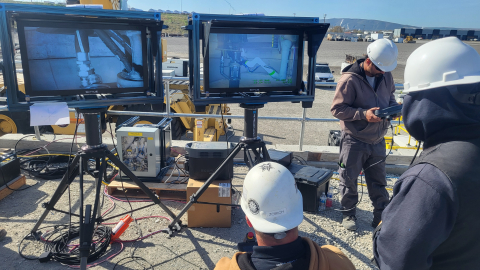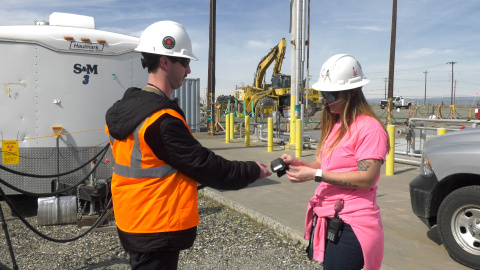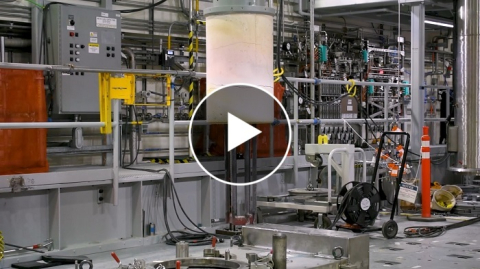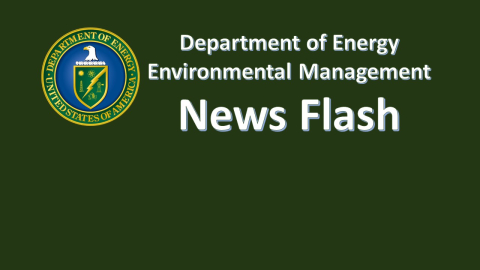An internship program administered by U.S. Department of Energy Office of Environmental Management contractor Hanford Mission Integration Solutions is preparing a workforce with skills to meet future cleanup needs at the Hanford Site, an example of how the One Hanford team is developing and retaining new talent.

Workers with U.S. Department of Energy (DOE) Office of Environmental Management contractor Washington River Protection Solutions (WRPS) recently demonstrated two improved methods they intend to use for removing an old hydraulic pump from a large, underground tank storing radioactive and chemical waste at the Hanford Site.

Safety professionals with U.S. Department of Energy Office of Environmental Management (EM) contractor Central Plateau Cleanup Company (CPCCo) recently deployed a small device intended to have a big effect when it comes to worker safety at the Hanford Site.

Crews at the Hanford Site’s Waste Treatment and Immobilization Plant (WTP) recently started the permanent joule heating system in the second of two melters in the plant’s Low-Activity Waste Facility.

Small Business Program managers from the One Hanford team recently hosted the 17th annual Bridging Partnerships Small Business Symposium.

The Analytical Laboratory team at the Hanford Site’s Waste Treatment and Immobilization Plant (WTP) recently began radiological testing to calibrate laboratory instruments and confirm procedures, a significant step toward future waste-treatment operations.

The U.S. Department of Energy, Washington State Department of Ecology, and U.S. Environmental Protection Agency announced a landmark agreement that proposes a realistic and achievable course for cleaning up millions of gallons of radioactive and chemical waste from large, underground tanks at the Hanford Site.

U.S. Department of Energy Office of Environmental Management (EM) sites across the country are taking steps to mitigate the impacts of climate change and reduce their carbon footprints.

A partnership between a U.S. Department of Energy Office of Environmental Management (EM) contractor and Washington State University (WSU) is supporting the growth of future professionals while advancing cleanup priorities at the Hanford Site.

Crews at the Hanford Site are reducing risk at the Plutonium Uranium Extraction Plant (PUREX), one of the site’s five former chemical separations facilities.

